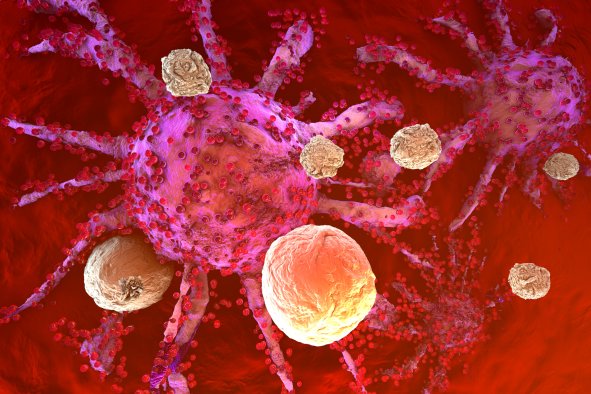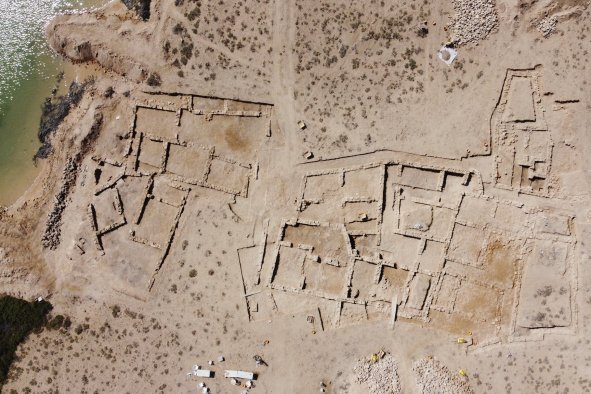A gargantuan supermassive black hole in the center of a distant galaxy has been spotted coming back to life.
An unsuspecting galaxy named SDSS1335+0728, located 300 million light-years away from us, started shining brighter than it had ever been seen before in 2019, completely out of the blue, according to a new paper in the journal Astronomy & Astrophysics.
The astronomers who spotted this change have now suggested that this sudden increase in brightness may be due to the black hole at the galaxy's center suddenly waking up.
"Imagine you've been observing a distant galaxy for years, and it always seemed calm and inactive," study co-author Paula Sánchez Sáez, an astronomer at ESO in Germany, said in a statement. "Suddenly, its [core] starts showing dramatic changes in brightness, unlike any typical events we've seen before."
"This behaviour is unprecedented," she said.
Sometimes, galaxies randomly light up due to sudden events like supernovae or when a star gets eaten by a black hole in a tidal disruption event, but these usually last less than a year. SDSS1335+0728, on the other hand, has been getting brighter and brighter since 2019 and has bizarre variations in its brightness that indicate that its brightness may be a result of its supermassive black hole awakening.
Supermassive black holes are incredibly huge black holes—ranging from hundreds of thousands to billions of times the mass of our sun—found in the center of most galaxies, including our own.
"These giant monsters usually are sleeping and not directly visible," co-author Claudio Ricci, a researcher at Diego Portales University in Chile, said in the statement. "In the case of SDSS1335+0728, we were able to observe the awakening of the massive black hole, [which] suddenly started to feast on gas available in its surroundings, becoming very bright."
The astronomers suggest that SDSS1335+0728 likely has an "active galactic nucleus" (AGN), which is a very bright region surrounding a supermassive black hole at the center of a galaxy. When the black hole suddenly awoke in 2019, it caused the AGN to glow brighter than ever before, lighting up as the black hole started to suck in gas and dust.
"The most tangible option to explain this phenomenon is that we are seeing how the [core] of the galaxy is beginning to show...activity," co-author Lorena Hernández García, a researcher at the Millennium Institute of Astrophysics and the University of Valparaíso in Chile, said in the statement. "If so, this would be the first time that we see the activation of a massive black hole in real-time."
Exactly why this black hole is suddenly waking up is unclear, but it marks the first time that such an event has been observed in real time.
"[This] process...has never been observed before," Hernández García said.
Astronomers hope to determine what triggered the black hole's awakening after further observations and definitively rule out any other explanations.
"Regardless of the nature of the variations, [this galaxy] provides valuable information on how black holes grow and evolve," Sánchez Sáez said. "We expect that instruments like [MUSE on the VLT or those on the upcoming Extremely Large Telescope] will be key in understanding [why the galaxy is brightening]."
Do you have a tip on a science story that Newsweek should be covering? Do you have a question about black holes? Let us know via science@newsweek.com.
Disclaimer: The copyright of this article belongs to the original author. Reposting this article is solely for the purpose of information dissemination and does not constitute any investment advice. If there is any infringement, please contact us immediately. We will make corrections or deletions as necessary. Thank you.



